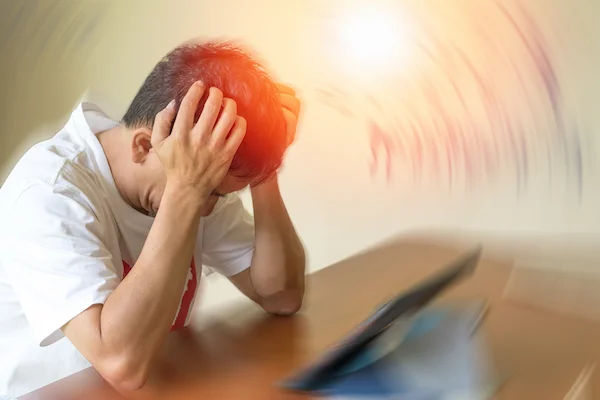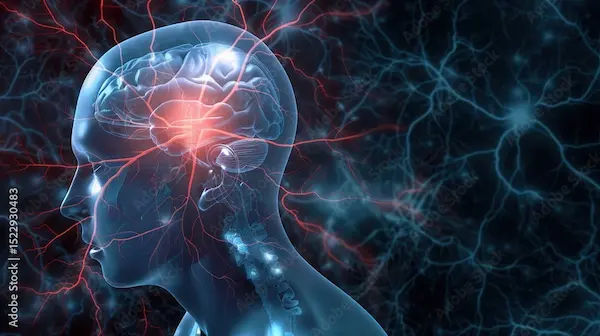Brain Stroke: Recognising the Perils and How to Prevent It
Understand the dangers of brain stroke, its warning signs, and effective prevention strategies. Early recognition and lifestyle changes can significantly reduce your risk and improve long-term health outcomes.


A brain stroke is a medical emergency that strikes with terrifying speed, potentially altering a life in an instant. Often called a "brain attack," it occurs when the blood supply to part of your brain is interrupted or reduced, preventing brain tissue from getting oxygen and nutrients. Within minutes, brain cells begin to die. The perils of a stroke are profound, ranging from temporary weakness to permanent paralysis, cognitive impairment, and even death. However, the most powerful weapon against this formidable foe is knowledge. Understanding what a stroke is, recognising its warning signs F.A.S.T., and, most importantly, knowing how to prevent it can save your life or the life of someone you love. This comprehensive guide will walk you through the types, dangers, and critical prevention strategies to empower you against brain stroke.
The Two Main Types of Stroke
Not all strokes are the same. The cause of the blood flow disruption determines the type of stroke, which in turn influences both emergency treatment and long-term management.
Ischemic Stroke: The Blocked Artery
Accounting for about 87% of all strokes, an ischemic stroke is the most common type. It happens when the arteries to your brain become narrowed or blocked, causing severely reduced blood flow (ischemia). The primary causes are:
- Thrombotic Stroke: A blood clot (thrombus) forms in one of the arteries that directly supply blood to the brain.
- Embolic Stroke: A blood clot or other debris forms away from your brain—commonly in your heart—and is swept through your bloodstream to lodge in narrower brain arteries.
This type of cerebrovascular accident is often linked to atherosclerosis, a buildup of fatty deposits (plaque) in the arteries.
Hemorrhagic Stroke: The Burst Blood Vessel
A hemorrhagic stroke occurs when a blood vessel in your brain leaks or ruptures. Brain hemorrhages can result from several conditions that affect your blood vessels, including:
- Uncontrolled high blood pressure (hypertension)
- Overtreatment with blood thinners (anticoagulants)
- Bulges at weak spots in your blood vessel walls (aneurysms)
- Trauma (such as a car accident)
While less common, hemorrhagic strokes are often deadlier than ischemic strokes.
Transient Ischemic Attack (TIA): The "Mini-Stroke" Warning
A TIA is often dismissed because its symptoms typically last less than five minutes and cause no permanent damage. But a TIA is a critical warning sign. It is caused by a temporary decrease in blood supply to part of the brain. It should be treated with the same urgency as a major stroke, as it is a strong indicator of a future, full-blown ischemic stroke. Ignoring it is one of the biggest mistakes one can make.
The Grave Perils and Consequences of a Stroke
The aftermath of a stroke can be devastating, with effects that vary depending on the stroke's location in the brain and the extent of tissue damage.
Physical Disabilities: Paralysis and Motor Skill Loss
One of the most common long-term effects of brain stroke is paralysis on one side of the body (hemiplegia) or muscle weakness (hemiparesis). This can affect the face, an arm, or a leg. Survivors may have problems with coordination, balance (ataxia), and swallowing (dysphagia), profoundly impacting their independence.
Cognitive and Communication Challenges
A stroke can damage the brain regions responsible for language, leading to aphasia—difficulty speaking, understanding, reading, or writing. Other cognitive perils include:
- Memory loss
- Poor judgment and difficulty solving problems
- Visual processing issues
Emotional and Behavioral Changes
The emotional toll is immense. Many survivors experience post-stroke depression, anxiety, and a reduced ability to control emotions, leading to sudden outbursts of crying or laughing (pseudobulbar affect). Personality changes are also common, straining relationships with family and caregivers.
Act F.A.S.T.: How to Recognize Stroke Symptoms
Time lost is brain lost. Every minute counts. Use the FAST test to identify warning signs:
- F - Face Drooping: Does one side of the face droop or is it numb? Ask the person to smile. Is the smile uneven?
- A - Arm Weakness: Is one arm weak or numb? Ask the person to raise both arms. Does one arm drift downward?
- S - Speech Difficulty: Is speech slurred? Is the person unable to speak or hard to understand? Ask them to repeat a simple sentence.
- T - Time to call emergency services: If someone shows any of these symptoms, even if they go away, call for an ambulance immediately. Note the time when the symptoms first appeared.
Other signs of a stroke include sudden numbness, confusion, trouble seeing, severe headache, and dizziness.
Consult Top Specialists
Key Risk Factors: What Makes You Vulnerable?
Understanding your risk profile is the first step in stroke prevention.
Non-Modifiable Risk Factors (What You Can't Change)
- Age: Risk increases after age 55.
- Family History: Higher risk if a parent or sibling had a stroke.
- Race: African Americans have a higher risk.
- Sex: Women have a higher lifetime risk and are more likely to die from a stroke than men.
- Personal History: Prior stroke, TIA, or heart attack.
Modifiable Risk Factors (What You Can Control)
This is where your power lies. The leading causes of ischemic stroke are often lifestyle-related:
- High Blood Pressure: The single most important controllable risk factor.
- Smoking: Damages blood vessels and accelerates clot formation.
- Diabetes: High blood sugar damages blood vessels over time.
- High Cholesterol: Leads to plaque buildup in arteries (atherosclerosis).
Obesity & Physical Inactivity
- Atrial Fibrillation (AFib): An irregular heartbeat that can cause clots to form in the heart.
Powerful Strategies for Stroke Prevention
Preventing a stroke is far more effective than treating one. A multi-pronged approach is best.
Managing Your Medical Numbers: Blood Pressure, Cholesterol, and Sugar
Work with your doctor to keep these numbers in a healthy range. This may involve medication, but it always starts with lifestyle. If your condition does not improve after trying these methods, book a physical visit to a doctor with Apollo24|7 for further evaluation and a personalized management plan.
Embracing a Heart-Healthy Lifestyle
This is the cornerstone of how to prevent a stroke naturally.
- Diet: Adopt a diet for stroke prevention like the DASH (Dietary Approaches to Stop Hypertension) or
- Mediterranean diet. Focus on fruits, vegetables, whole grains, lean proteins, and low-fat dairy. Reduce sodium, saturated fat, and sugar.
- Exercise: Aim for at least 150 minutes of moderate-intensity aerobic activity (like brisk walking) per week.
- Limit Alcohol and Quit Smoking: These are two of the most significant changes you can make.
The Role of Regular Health Check-ups
Don't wait for symptoms. Regular screenings for blood pressure, cholesterol, and diabetes are crucial. For those with AFib, blood thinners may be prescribed to prevent clot formation. Apollo24|7 offers convenient home collection for tests like HbA1c for diabetes and lipid profiles for cholesterol, making it easier to stay on top of your health.
Conclusion
The perils of a brain stroke are undeniably severe, but they are not inevitable. The narrative doesn't have to be one of fear, but rather one of empowerment. By understanding the types and warning signs, you can act F.A.S.T. to save a life. More importantly, by taking proactive control of your modifiable risk factors—managing your blood pressure, eating well, staying active, and avoiding tobacco—you dramatically shift the odds in your favor. Stroke prevention is a lifelong commitment to your health. Start today by scheduling a check-up and having a conversation with your doctor about your personal risk. Your brain will thank you for it.
Consult Top Specialists
Consult Top Specialists

Dr Debnath Dwaipayan
Neurosurgeon
9 Years • MBBS, MS(Gen. Surgery), DrNB (Neurosurgery)
Delhi
Apollo Hospitals Indraprastha, Delhi

Dr. Aditendraditya Singh Bhati
Neurosurgeon
18 Years • MBBS(2004), DNB Neurosurgery(2014); MNAMS; Fellow Neuroendoscopy
Delhi
Apollo Hospitals Indraprastha, Delhi
(100+ Patients)
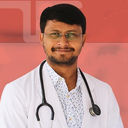
Dr. Ganeshgouda Majigoudra
Neurologist
10 Years • MBBS, MD ( GENERAL MEDICINE) DM (NEUROLOGY)
Bengaluru
Apollo Clinic, JP nagar, Bengaluru
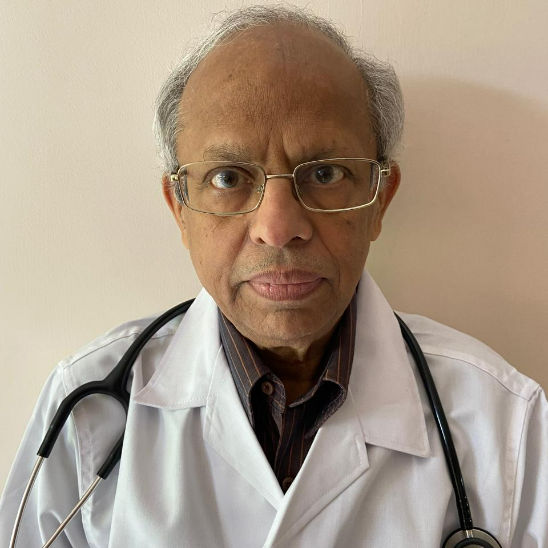
Dr. E Prabhakar Sastry
General Physician/ Internal Medicine Specialist
40 Years • MD(Internal Medicine)
Manikonda Jagir
Apollo Clinic, Manikonda, Manikonda Jagir
(150+ Patients)
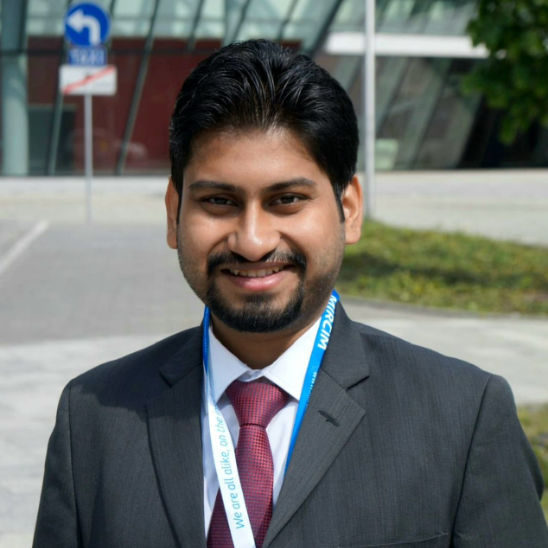
Dr. Uddalak Chakraborty
Neurologist
8 Years • MBBS, MD(GENL.MED.),DM(NEUROLOGY)
Kolkata
MCR SUPER SPECIALITY POLY CLINIC & PATHOLOGY, Kolkata
(25+ Patients)
Consult Top Specialists

Dr Debnath Dwaipayan
Neurosurgeon
9 Years • MBBS, MS(Gen. Surgery), DrNB (Neurosurgery)
Delhi
Apollo Hospitals Indraprastha, Delhi

Dr. Aditendraditya Singh Bhati
Neurosurgeon
18 Years • MBBS(2004), DNB Neurosurgery(2014); MNAMS; Fellow Neuroendoscopy
Delhi
Apollo Hospitals Indraprastha, Delhi
(100+ Patients)

Dr. Ganeshgouda Majigoudra
Neurologist
10 Years • MBBS, MD ( GENERAL MEDICINE) DM (NEUROLOGY)
Bengaluru
Apollo Clinic, JP nagar, Bengaluru

Dr. E Prabhakar Sastry
General Physician/ Internal Medicine Specialist
40 Years • MD(Internal Medicine)
Manikonda Jagir
Apollo Clinic, Manikonda, Manikonda Jagir
(150+ Patients)

Dr. Uddalak Chakraborty
Neurologist
8 Years • MBBS, MD(GENL.MED.),DM(NEUROLOGY)
Kolkata
MCR SUPER SPECIALITY POLY CLINIC & PATHOLOGY, Kolkata
(25+ Patients)
More articles from Stroke
Frequently Asked Questions
Can a stroke be cured?
While there is no singular 'cure,' emergency treatments like clot-busting drugs (tPA) or mechanical thrombectomy can drastically reduce disability if administered within a few hours of symptom onset. Long-term recovery involves rehabilitation to regain lost skills.
What is the difference between a stroke and a heart attack?
A heart attack is a blockage of blood flow to the heart muscle. A stroke is a blockage or bleed affecting the brain. Both are medical emergencies, but they affect different organs.
Are young people at risk for stroke?
Yes, while risk increases with age, strokes can and do occur in young adults and even children. Factors like congenital heart defects, clotting disorders, substance abuse, and untreated hypertension can contribute to stroke in young people.
How long does stroke recovery take?
Recovery is a lifelong process. The most rapid recovery usually occurs in the first three to six months, but patients can continue to improve for years with consistent therapy and effort.
What are the first signs of a stroke in a woman?
Women can experience the classic FAST symptoms, but they may also report unique or subtle signs like sudden hiccups, nausea, chest pain, general weakness, or disorientation. It's vital not to dismiss these symptoms.
.webp)
